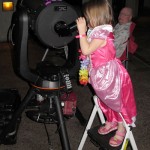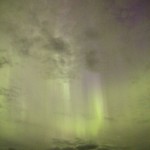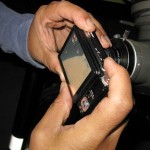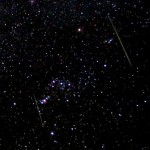We expect to wait until darkness falls to observe the stars and planets. While the Sun and Moon are normally seen in the daytime sky, there are other objects that may be observed.
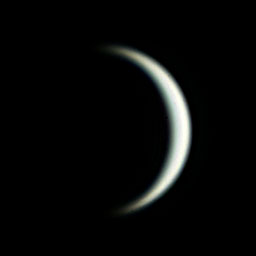
Both Jupiter and Venus are bright enough to see fairly easily in full daylight if conditions are right. Saturn can be observed with a telescope if you can locate it. Very occasionally, we are treated to a daytime visible comet.
Jupiter and Venus are the easiest, you simply need to know where and how to look, but once glimpsed they are fairly easily seen. It is the knowing how that makes it possible. Try these simple hints…
- Try when the planets are far from the glare of the Sun, in the first hours after dawn or last hours of the day are best.
- Clean air is necessary. If the air is hazy, dusty or smoggy it will hide the planets from view, particularly when near the Sun. There will just be too much solar glare to pick out the planet. For the same reason try when the planet is high in the sky and you are looking through much less air.
- The human eye will relax and defocus if there is nothing to focus on. This happens when looking at a plain expanse of blue sky. You could be looking right at the planet and not see it. A few puffy clouds around, or better yet, the Moon, will give the eye something to focus on, allowing the planet to be easily seen.
- Put the Sun out of sight to reduce glare. Simply position yourself in the shadow of a tree or building to get a better view.
- Pick a day when the Moon is near the object you are looking for, it will provide a simple signpost to the correct location.
It is this last hint that can be particularly useful. Looking ahead with the aid of a planetarium program you can find a day when the Moon is near the planet. Using the program to estimate the position with respect to the Moon you can look in just the right place. If you get it right the planet will appear as a bright star-like object. Once you see it you will wonder how you ever missed it in the first place.
Have a try.


